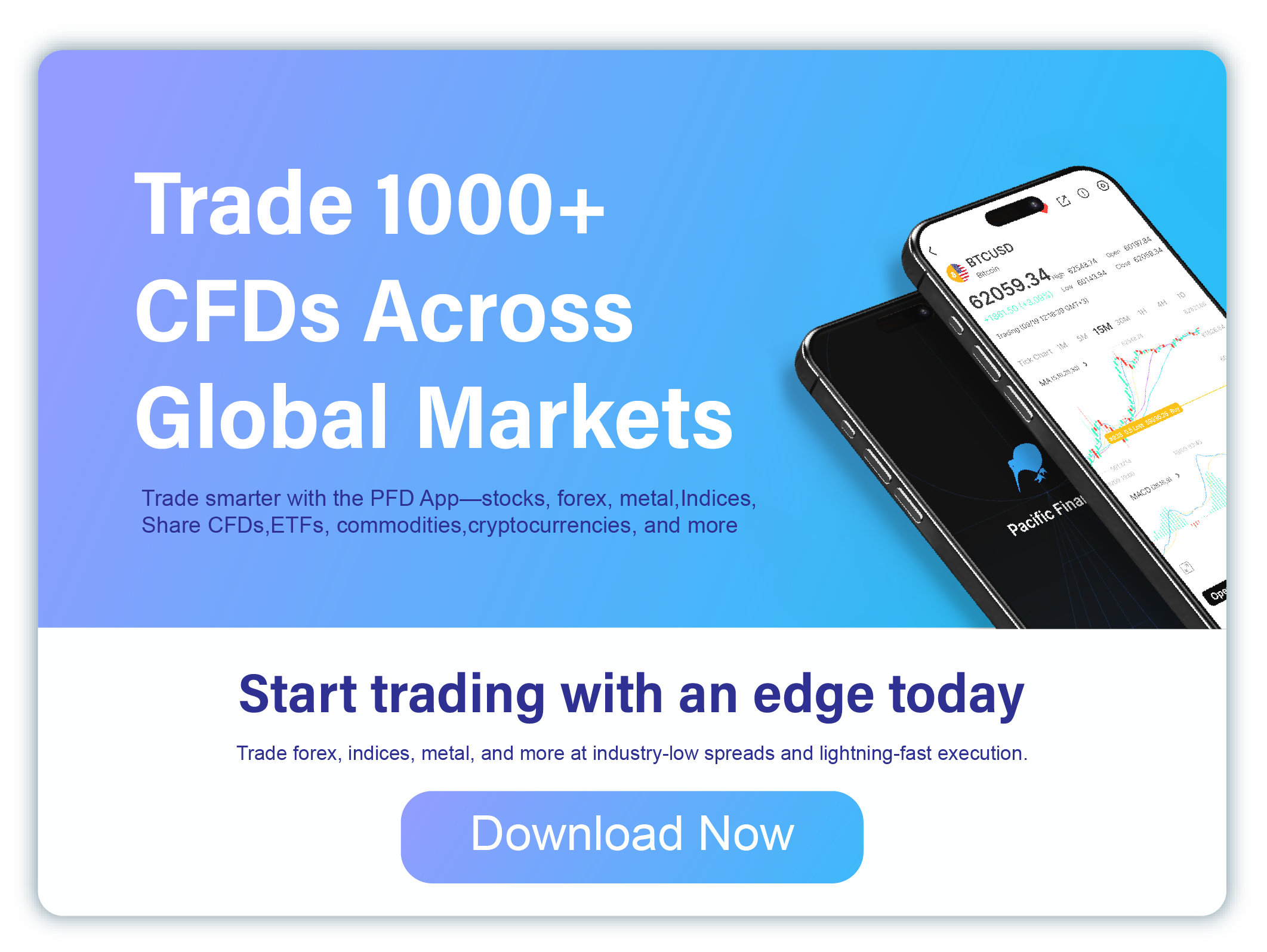Introduction to Asian Indices for Trading
Asia has long been a key region for global trade and investment. Over the years, several stock market indices in Asia have gained prominence, offering investors lucrative opportunities for diversification and potential returns. Among the top indices that investors focus on are the Nikkei 225, Hang Seng, and ASX 200. These indices represent major economies in Asia and serve as a gateway for investors looking to capitalize on the region’s economic growth.
Each of these indices is a reflection of the stock market performance in their respective countries. The Nikkei 225 tracks the performance of the Japanese stock market, the Hang Seng represents Hong Kong’s financial landscape, and the ASX 200 provides insights into Australia’s market. Understanding the intricacies of each index can be vital for investors looking to gain exposure to Asian markets.
This article will delve into these three indices, offering a detailed analysis of their characteristics, market dynamics, and how investors can trade them successfully.
Nikkei 225: Japan’s Economic Powerhouse
The Nikkei 225 is Japan’s premier stock index and one of the most widely recognized in the world. It is composed of 225 of the most significant companies listed on the Tokyo Stock Exchange (TSE). These companies span across various sectors, from technology to consumer goods, making the Nikkei 225 a diversified index. It provides a good indication of the health of the Japanese economy and serves as a key benchmark for global investors.
The Nikkei 225 is price-weighted, which means the companies with the highest share prices have the most significant impact on the index’s movement. Unlike market capitalization-weighted indices, the Nikkei 225 does not take into account the total market value of the companies. Therefore, a high-priced stock can significantly sway the index’s direction, regardless of the company’s size.
Key Sectors and Stocks in the Nikkei 225
- Technology: Japan is home to some of the world’s leading technology companies, and the Nikkei 225 reflects this with strong representation from companies like Sony, Panasonic, and Toshiba.
- Automotive: The automotive sector is another dominant feature of the Nikkei 225, with major players like Toyota, Honda, and Nissan contributing to the index’s performance.
- Consumer Goods: Consumer goods companies such as Uniqlo’s parent company, Fast Retailing, and other retail giants like Seven










